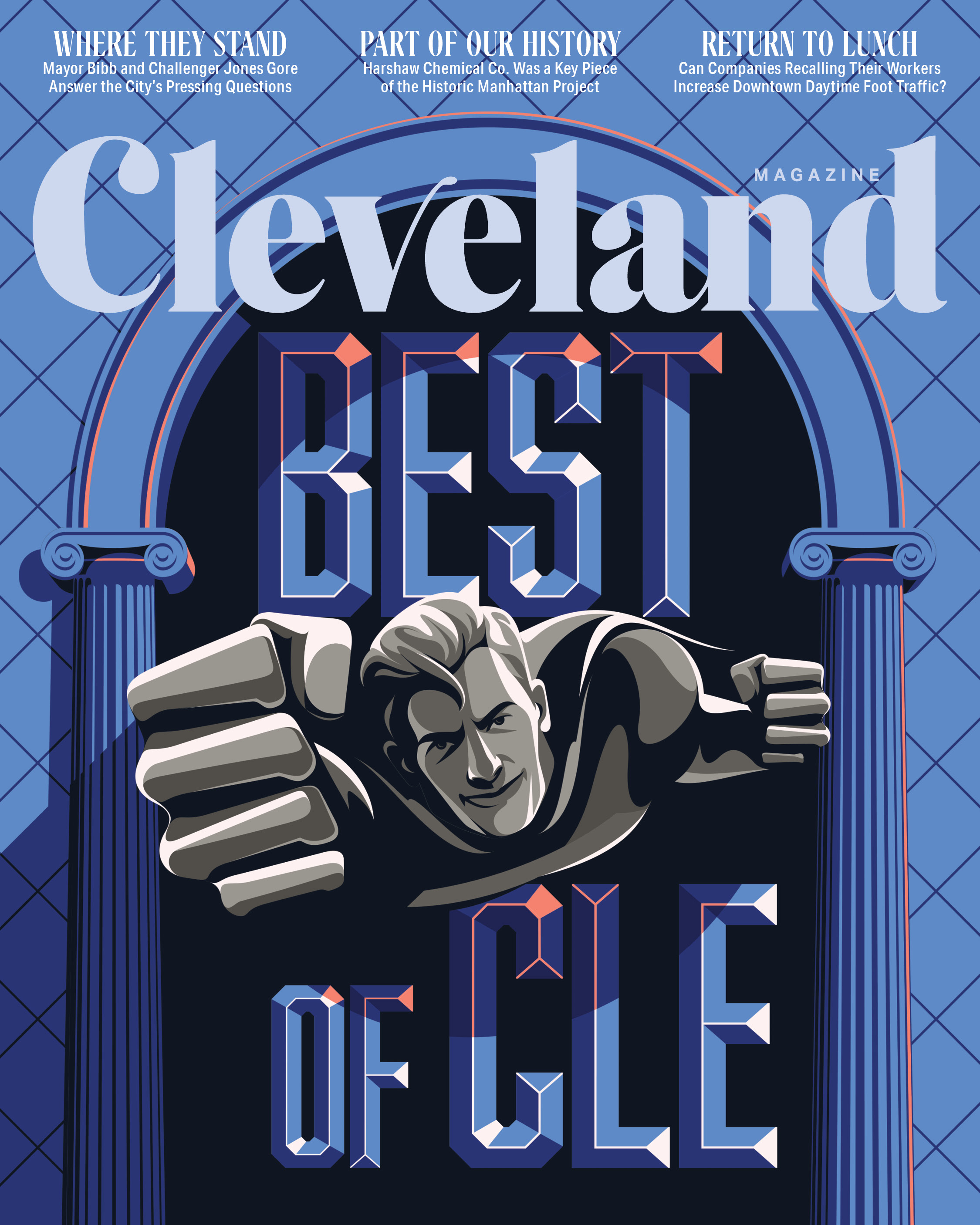Dr. Robert Wyllie might be the busiest man in Northeast Ohio. Not only is the Cleveland Clinic chief of medical operations part of the COVID-19 response for the hospital system, he also heads up the Ohio Department of Health’s Zone One, leading coordination with other hospitals in northern Ohio (two other zones divide up the middle and southern portions of the state). Since news of the pandemic broke in January, he’s mobilized the hospital to build models predicting spread, advised Gov. Mike DeWine and directed the creation of a COVID-19 test by the Cleveland Clinic. We talk to him about how his leadership has helped prep the region and keep us healthy.
Q: How did you and your team respond to the pandemic’s arrival in Ohio?
A: The response occurred pretty quickly. We began to build models that showed if we did nothing in the 21-county area (Zone One), we could have up to 8,000 patients. That was startling because in Northeast Ohio we have about 4,200 hospital beds. We shared this with the governor, as well as other hospitals in town. Our first thing was how do we flatten the curve to give us more time? Then we tried to manage to the worst-case situation: 8,000 people in the hospital at once. We called the doctors running the worst-hit hospital in Italy and talked to them directly about what they were seeing. They said, “If you’re thinking three days ahead, you’re three weeks behind.” So we began to rapidly adapt to what we need two or three weeks from now.
Q: What were some of the equipment challenges you faced?
A: Since we were worried about [personal protective equipment] and how many people went in and out of the rooms, we had to develop ways to reduce the number of PPE changes. [As for] increasing bed capacity, we added over a thousand beds by building out the Case Western Reserve University [Health] Education Campus. We never had to use it. Another challenge was how to coordinate regional hospitals. We didn’t want a small hospital to get overwhelmed and then not have enough ventilators and have to triage care. So we said, “If you start to get overwhelmed and near 100% of your capacity, we’re going to transfer the patients elsewhere.” Knowing we had a cascading system to load balance the number of patients reassured people.
Q: What were some of the other challenges?
A: One was coordinating activity between systems that just didn’t talk a lot to each other. We knew that the people who are most vulnerable were going to be those in assisted living, long-term acute care hospitals, etc. We made a connection for every one of those facilities and linked them to the local departments of health and hospitals. There were also challenges with the [Centers for Disease Control and Prevention] delivering the COVID test. They were many weeks delayed in terms of getting a test, and then it didn’t turn out to be accurate. So we built our own tests internally within the clinic and immediately moved up to several thousand tests a day.
Q: What have you learned during all of this?
A: We’ve learned a lot, but we’re still learning about COVID-19. Recently we’ve learned that even if you’re over COVID-19, your body may respond to the infection by developing antibodies to other cells and produce an autoimmune response. And just because you got over it, not everybody gets better. And one of the things which has come out is you can get it again. We think it’s going to be infrequent, but how long does that protection last? We don’t know.
Q: Why is it important for us to not let our guards down?











